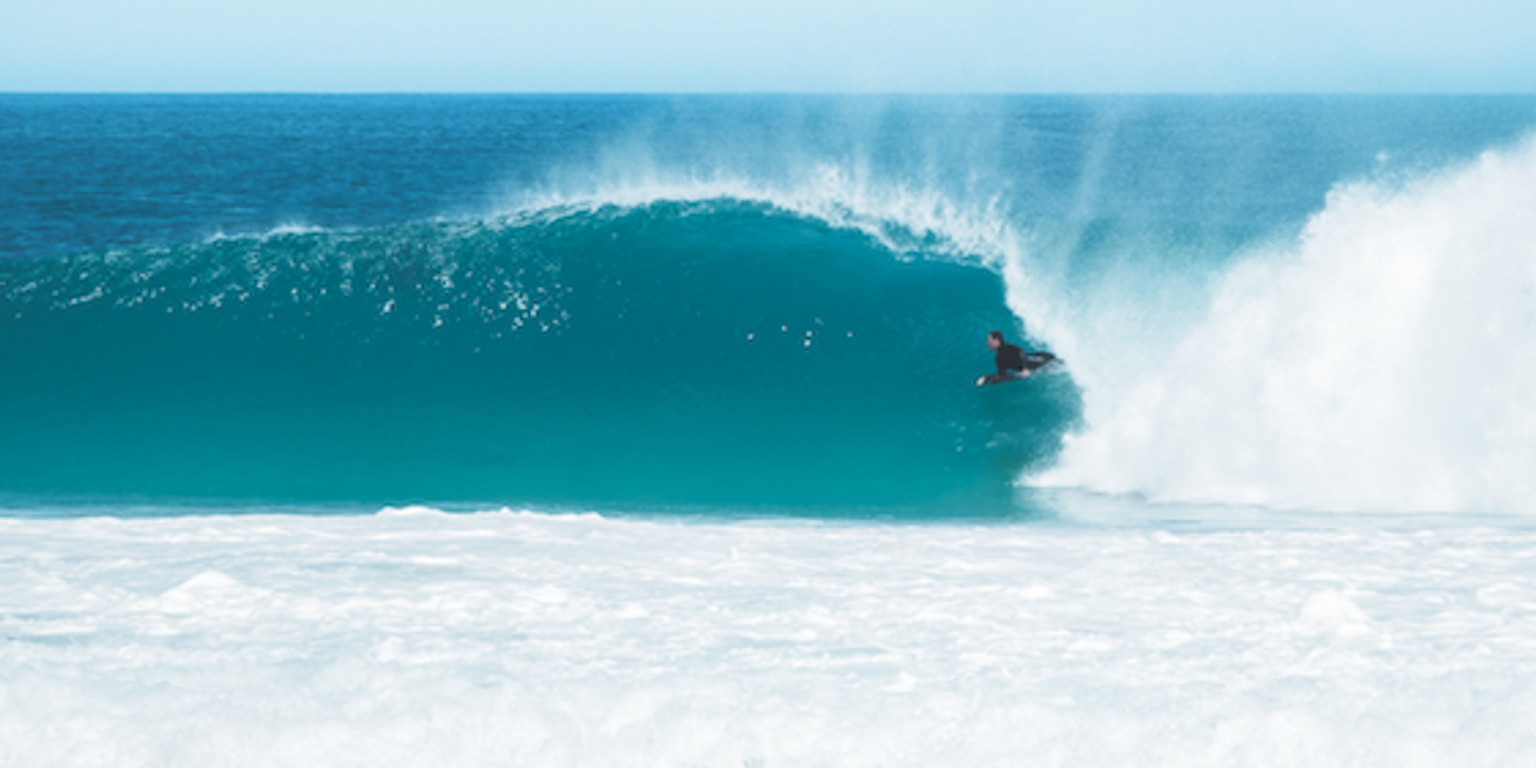
Risk: the potential for uncontrolled loss of something of value. When you put the words ‘uncontrolled loss’ and ‘something of value’ in the same sentence, it’s natural to want to shudder. Risk is a scary word for many people, particularly in investing and when that something of value is money.
The important thing to remember, however, when it comes to risk and money is that we often exaggerate a potential impact into assuming total loss. This is highly unlikely if you have a fully diversified portfolio.
So how then, should you feel about risk?
Single companies or properties can and do fail, but it’s very unlikely the whole economy disappears. If that were to happen, we would have an entirely different set of worries!
Risk is simply a reflection of the uncertainty and unpredictability of the future – of which there is always an upside risk that things go better than expected. However, because of our natural tendency towards loss aversion, we mostly associate risk with the negative.
What should you care about as an investor when it comes to risk?
The theory goes that the higher the return you are after, the more risk you are willing and will have to take. The more volatility you can accept in the short term, the greater the expected return in the long term. Cash has the lowest risk, therefore the lowest expected return. Of the four major asset classes, shares have the highest risk and the highest expected return.
As an investor you are often asked to assess your risk profile and given a simple label like balanced or aggressive. Our view is that each investor is unique and putting your risk profile into a predetermined category is not meaningful. We believe what is important is your financial comfort and understanding about what your desired outcomes and the risks associated in achieving them.
So how can you apply this now?
The longer until you’re going to need the money you’re investing, the more risk you can generally afford to take with it. You’ll have more time to give the market a chance to recover from any potential downturns that happen while your money is invested.
This is how you should think about risk and your goals. An investment portfolio that is for retirement, like your KiwiSaver, won’t need to be accessed for 20, 30, 40 years – so can be higher risk. Whereas an investment portfolio you’re using to save for a house deposit in five years will likely have a lower level of risk.
Missed the first few installments of our need-to-know investment series? Read on.
